Navigating Section 174: Compliance and Consequences for R&D Tax Credits
Author: Tyler Graham, Technical Writer at Probity Tax Recovery
For businesses, particularly small to medium-sized enterprises (“SMEs”) and startups involved in research and development (“R&D”), compliance with Section 174 of the Internal Revenue Code (“IRC”) is crucial. Recent changes in tax law, brought about by the Tax Cuts and Jobs Act of 2017 (“TCJA”), have altered how companies handle R&D expenses, requiring businesses to amortize these costs over time rather than deducting them immediately. These legislative changes have important financial implications for companies seeking to maximize their R&D tax credits, with potential for severe consequences as a result of non-compliance.
This article explores Section 174, including the recent changes, the penalties for non-compliance, as well as best practices for ensuring compliance.
How Section 174 Defines Research and Development
Section 174 provides a detailed definition of what qualifies as R&D expenses. To qualify, the expenses must be tied to activities aimed at discovering information that is technological in nature and intended for the development of a new or improved product, process, or software. This includes direct costs like employee wages, materials, and any amounts paid to third parties to conduct research. Section 1.174-2(a)(1) defines research or experimental expenditures, which includes the following definitions.
Expenditures incurred in connection with the taxpayer’s trade or business which represent research and development costs in the experimental or laboratory sense
Generally includes all such costs incident to the development or improvement of a product
Expenditures represent research and development costs in the experimental or laboratory sense if they are for activities intended to discover information that would eliminate uncertainty concerning the development or improvement of a product.
However, not all expenses related to product development qualify. Section 174 excludes the following from being classified as R&D:
Routine or ongoing quality control testing
Efficiency surveys
Management studies
Advertising or promotions
Research conducted outside the laboratory or experimental environment
For businesses, it’s critical to distinguish between qualifying R&D activities and non-qualifying expenses to ensure compliance and avoid penalties. Additionally, activities related to adapting an existing product or process may not qualify unless they involve a significant level of uncertainty that requires experimentation.
Section 174 vs. Section 41: Key Differences
Read the rest of this article by downloading the white paper on the topic here.
